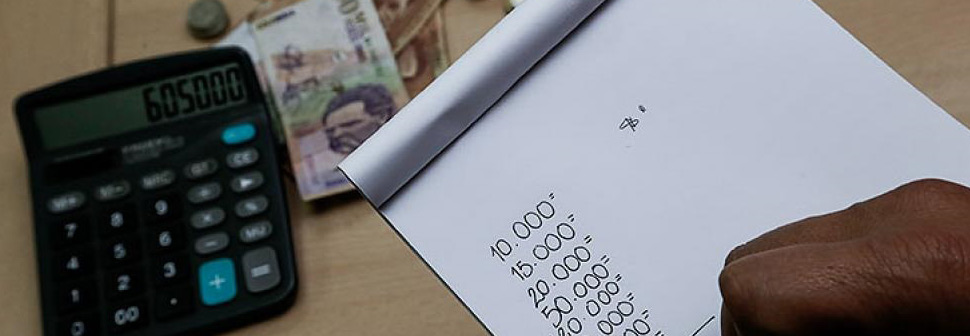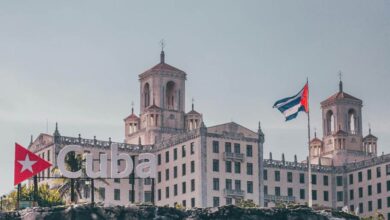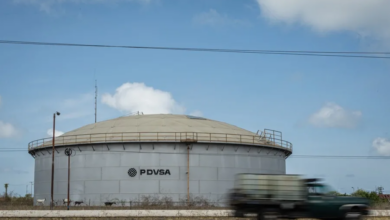Colombia: Poverty levels and what should the government do about it


It’s been almost a month since the National Administrative Department of Statistics –DANE– released a couple of telling facts about the current state of poverty in Colombia. The report highlighted two kinds of poverty: multidimensional and income poverty. While the first one, as it regularly happens, decreased, the second one, for the first time in a couple of years, increased. Analysts from Portafolio and Dinero –two Colombian economic news outlets– showed concerns about the increase of income poverty, but they see it as a normal consequence of the Latin American economic shifts of 2016.
The report brought to the public’s attention the fact that, despite government efforts, Colombia isn’t immune to the deceleration of the economy. Last year was known for its devaluation, increase in employment informality, dubious political decisions, geopolitical instability, and a hard-to-swallow rise of inflation and taxes. Evidently, such hard conditions made it difficult for people to acquire sufficient income to live above the poverty line. According to the DANE report, 28% of Colombians live in poverty, which represents an increase of 0,2%, compared to 2015. The increase of population in extreme poverty is even more worrying: now, 8,5% of Colombians live in extreme income deficit.
The numbers are disappointing but, as analysts recognize, not unexpected. While 2016 didn’t do any favors for economic growth, there’s the understanding that 2017 has a higher chance of improvement bringing in higher earnings.
Aside from these conditions –that can be rather volatile–, the Colombian government has the task of working on two fronts: education and formal employment. The DANE indicates that the lack of basic education has a high incidence in poverty, as well as the non-affiliation to social security. If public resources are properly invested on these two pillars, there’s a good chance of reducing uncertainty about income.
Regarding multidimensional poverty, the outlook is promising. Since this type of poverty includes a large number of variables (access to public services, health and living conditions, child and youth caring, among others), having a decrease on its percentage means that government programs are working well or, at least, adequately.
A mixture of both current income and multidimensional poverty rates indicates that the Colombian economy needs to strengthen its internal structure. A less dependent market, mixed with higher levels of education and formality, would harden the country against the economy’s ups and downs.
Copy edited by Susana Cicchetto
LatinAmerican Post | Juan Sebastián Torres





